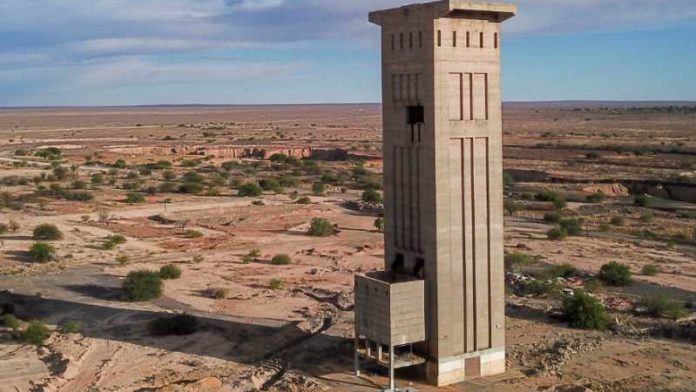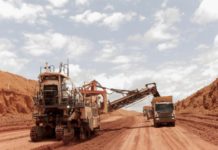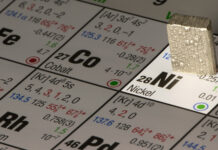
ORION Minerals has been awarded a mining right for the so-called Vardocube section of its Prieska Copper-Zinc project in South Africa’s Northern Cape province – a development CEO, Errol Smart described as a crucial precursor to securing R4.5bn in project finance.
The award, made on Friday, means Orion has complete permitting for the project which is one of the few exploration/brownfields projects to progress in South Africa, a country rich in minerals but starved of investor confidence.
“It helps a lot. The financing won’t happen unless we got full mining right permitting,” said Smart in an interview. “It was also a biggest potential frustration and biggest fear: that we would be still be waiting six or 12 months and we wouldn’t have got financed.”
Orion has spent about R450m to date on the prospect which was in an updated bankable feasibility study in May forecast to cost A$432m to build. Once completed, the project will produce 22,000 tons of copper and 70,000 tons of zinc annually over 12 years. Cash flow from the project is estimated to be A$1.6bn over the project’s life of mine.
The Vardocube mining right covers 27% of the ore included in the feasibility study and also covers highly prospective exploration upside in the near-mine area, said Orion in a statement today.
Shares in the company increased 30% in Monday trade on the Australian Stock Exchange valuing its shares at 26 Australian cents a piece (A$84.3m).
Details of how Orion might finance the project are yet to be finalised, but it’s thought that an equity investment from South Africa’s state-owned Industrial Development Corporation, or even the Public Investment Corporation might be options.
“They have a good understanding and are the kind of investor with whom we’d be comfortable, but they don’t want to stand alone,” said Smart in May.
Smart said previously that construction on the project was only likely in the first quarter of next year with first production in 2024.










